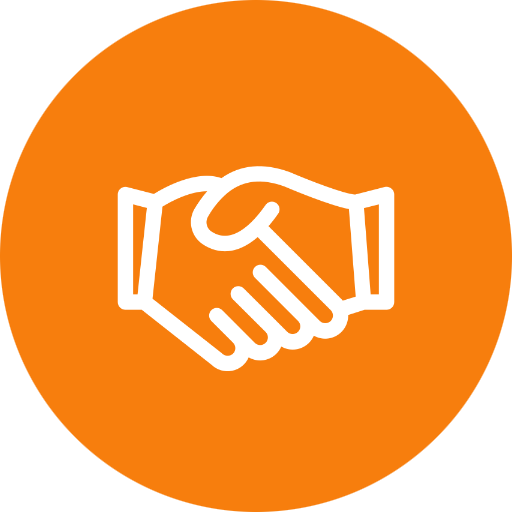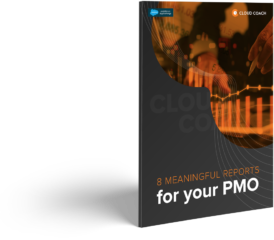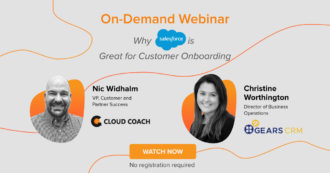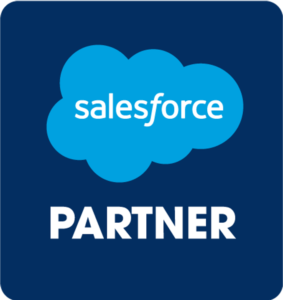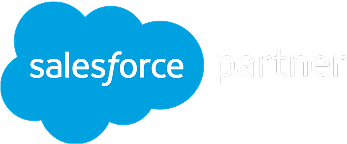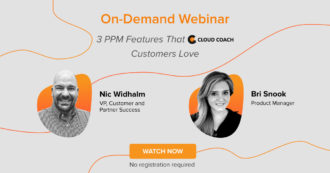 Webinar
Webinar
- Solutions
- Customer Onboarding
- Customer Success
- Professional Services Automation
- Project Management
- Project Portfolio Management
-
Solutions
-
Features
- Why Cloud Coach
- Customers
-
Resources

Despite the fact that Agile methods have been developing for several decades, the business world (and of course, the internet in general) is rife with myths and misconceptions about what it really means to be Agile.
So, let’s nip some of those agile misconceptions in the bud!
Common Misconceptions About Agile
#1—Agile can only be used for software development
The roots of Agile are firmly planted in the software development world. As we’ve just seen, it emerged as a direct solution for the industry—but it has since transcended any individual use case. Many industries from engineering to marketing and pharmaceuticals are implementing Agile principles in a way that’s optimized for their work.
As a project management solution, Agile methods should at least be considered for any industry. However, we must acknowledge misconception #2…
#2—Agile is the perfect solution for all businesses
While it would be wonderful to have a one-size-fits-all solution for perfect universal project management, it simply doesn’t exist. The traditional methods evolved for a reason: in a huge number of cases, they’re highly effective!
Becoming Agile may require a significant shift in company culture, working practices and client relationships—it would be naive to think its benefits applied equally to all businesses.
#3—Agile cannot be scaled to enterprise level
As you’ll see, Agile can absolutely scale for enterprise businesses. While the exact structure of your teams and how you deliver work might not match “purist” Agile, the majority of its principles (namely the ability to consistently deliver value to your customers) can scale to any level.
#4—Agile = Scrum
Scrum is a specific framework which applies some of the Agile principles to deliver high-quality work. Agile is the larger umbrella which encompasses an entire philosophy. It is possible for teams to implement Scrum without actually adopting the Agile mindset or culture.
Kanban, XP, Crystal and Lean Programming are all examples of frameworks—like Scrum—which have interpreted Agile in their own ways.
#5—Agile means eliminating documentation
Some level of documentation is essential if teams are to avoid falling into a chaotic mess. The principle of “working software over comprehensive documentation” doesn’t mean abolishing documentation entirely.
Agile teams track metrics, produce reports and assess progress just like traditional teams do. The key is that the documentation adds value to the project, rather than existing for its own sake.
#6—Agile means no planning
This particular myth is baffling. In Chapter 4, we take a deep dive into how Agile projects are actually executed. Spoiler alert: planning is extensive at every stage.
It’s true that Agile teams forgo the traditional approach of planning every detail and outcome prior to starting a project. However, there is always a detailed plan, stemming from the high-level company goal (or product vision) down to the daily tasks completed by team members.
#7—Team members have free reign over their work
Agile team members are generally more self-disciplined and self-organized than in traditional teams. While it’s true that they are usually self-directed in how they execute a task, the tasks themselves are formally agreed in advance of starting. There is also ongoing communication and collaboration with fellow team members and stakeholders regarding what needs to be done.
#8—User stories must be contained within sprints
For true Scrum teams, tasks must be contained within sprint cycles—this is a fundamental part of the framework. However, the majority of Agile teams aren’t so constrained. This is simply because estimation is imperfect and, unless you’re going to make everyone work extra hours, some tasks will inevitably be pushed into the next iteration.
Some product owners will actually encourage “sprint-spanning” stories to improve flow.
#9—Agile is the fastest method
Agile isn’t about being fast per se: it’s about delivering the best possible product that meets customer and stakeholder requirements. It is about being focused, flexible and completing work in iterations which always deliver a valuable piece of the puzzle.
It’s not true to say Agile is faster or slower than traditional methods, because in reality they each produce different final products.
ADDITIONAL LINKS
The 4 Main Agile Frameworks
Wait—I thought Agile was the framework?
Agile is the guiding principle, but there are many specific frameworks which apply Agile principles in their own practical way. We’re going to look at four of the most popular and most widely-adopted frameworks used today: Scrum, Kanban, Extreme Programming, and Lean Programming/Project Management.
When it comes to identifying the best-fitting framework for your business or team, we recommend having an open, collaborative tete-a-tete with your team members, key stakeholders and company leadership. You’ll need to consider the type of work you’re doing, the existing company culture, your gut instincts on what changes need to be made—in short, it’s a personal and imperfect process.
The best thing you can do is list out your requirements and see which framework (if any) fits best. Remember you don’t need to confine yourself to any arbitrary limits: most businesses use these frameworks loosely and adapt them to perfectly fit their unique needs. We explains the four below.
Scrum
This is probably the most famous Agile framework. All work is split into isolated 1-2 week periods called “sprints”. The goal is for every team member to fully complete their assigned tasks within every sprint. Tasks are taken from the backlog, which contains all tasks for the larger (multi-sprint) project.
Teams usually have daily “stand ups” where they share their progress or field questions. Scrums are led by the Scrum Master (not a project manager) and the success of every sprint is reviewed through a “sprint retrospective”.
This approach is best deployed where rapid iteration and continuous improvement are desired.
Kanban
The origins of Kanban are shared with the humble supermarket. The same way supermarkets only stock shelves just enough to meet demand (and only restock once the shelf is empty) Kanban teams only pull in new tasks once their current workload is complete.
Kanban focuses on limiting the current Work in Progress (WIP) and is a highly visual approach. Teams use a Kanban board with 3 columns: To Do, Doing, and Done. Every task is contained on a separate card, which is progressively moved through the columns as it’s completed. By limiting the number of tasks which can exist in the “doing” phase, teams avoid bottlenecks.
Kanban is a very fluid system that is not necessarily focused on speed of delivery.
Extreme Programming (XP)
XP is a software development-specific framework that’s built on 5 core values: communication, simplicity, feedback, courage, and respect. The framework is designed to produce higher-quality output compared to other methods, with a strong focus on self-disciplined workers and practice excellence.
XP teams are continually focused on improving their processes, performance and output.
Lean programming
Lean project management (originally lean programming for use in software development) is a framework devoted to increasing customer value through eliminating waste from each phase of a project. It is built on 5 values:
- Identify value
- Map the value stream
- Create flow
- Establish pull
- Continuous improvement
The core value of lean management is that it can streamline virtually any process. It is a means of simplifying your work processes to leave only the most valuable components and create a far more efficient team.
|
Did you know… The term “scrum” comes from the sport of rugby. In rugby, the ball is passed between self-directed players using real-time improvisation to deliver a specific result—reaching the try line. This collective behavior was identified by Takeuchi and Nonaka as integral to any Agile methodology, hence the development of Scrum. |
Helpful Resources
See Cloud Coach In Action
We’d be happy to provide a bespoke 1:1 demo on how Cloud Coach can benefit for your business.







